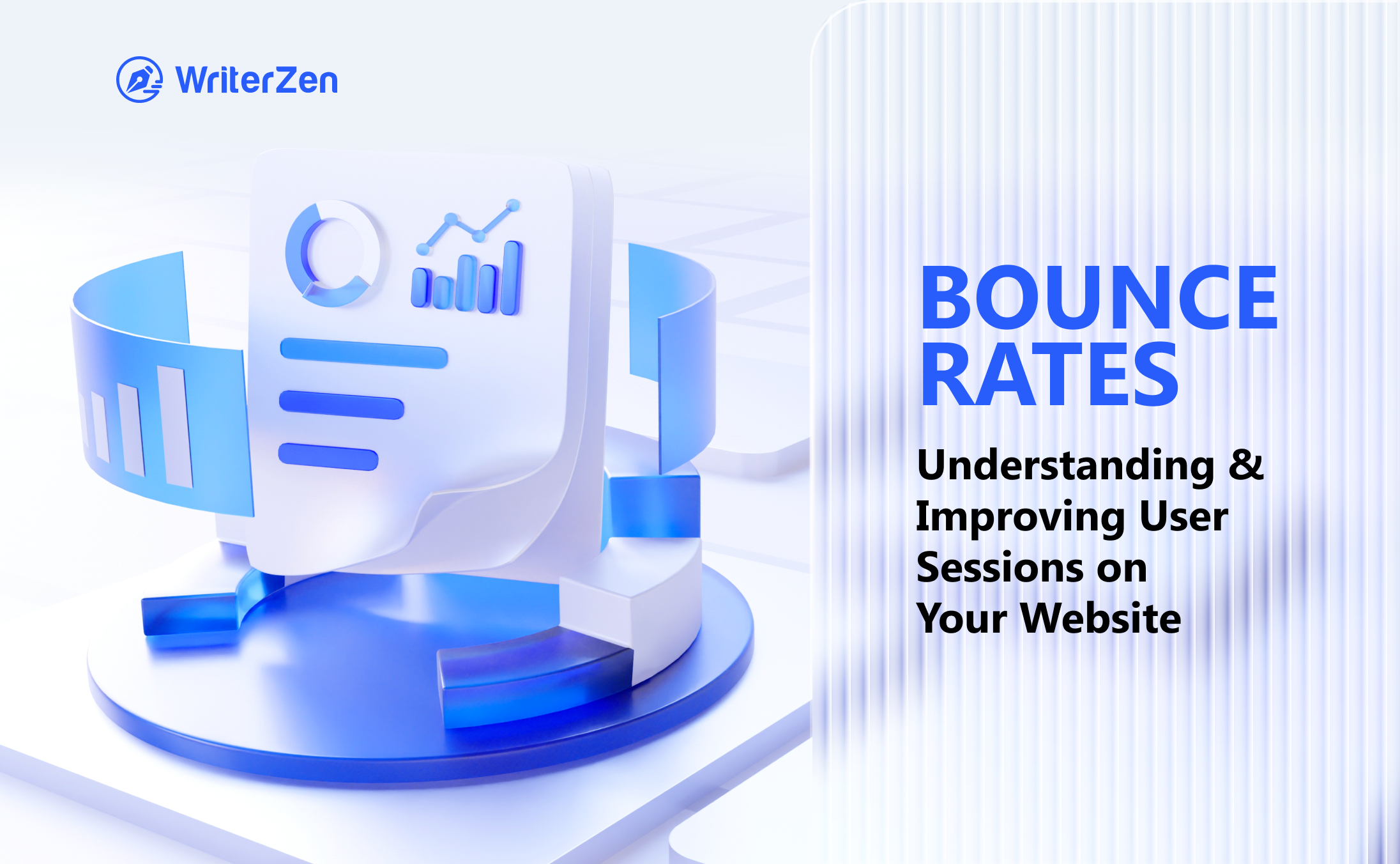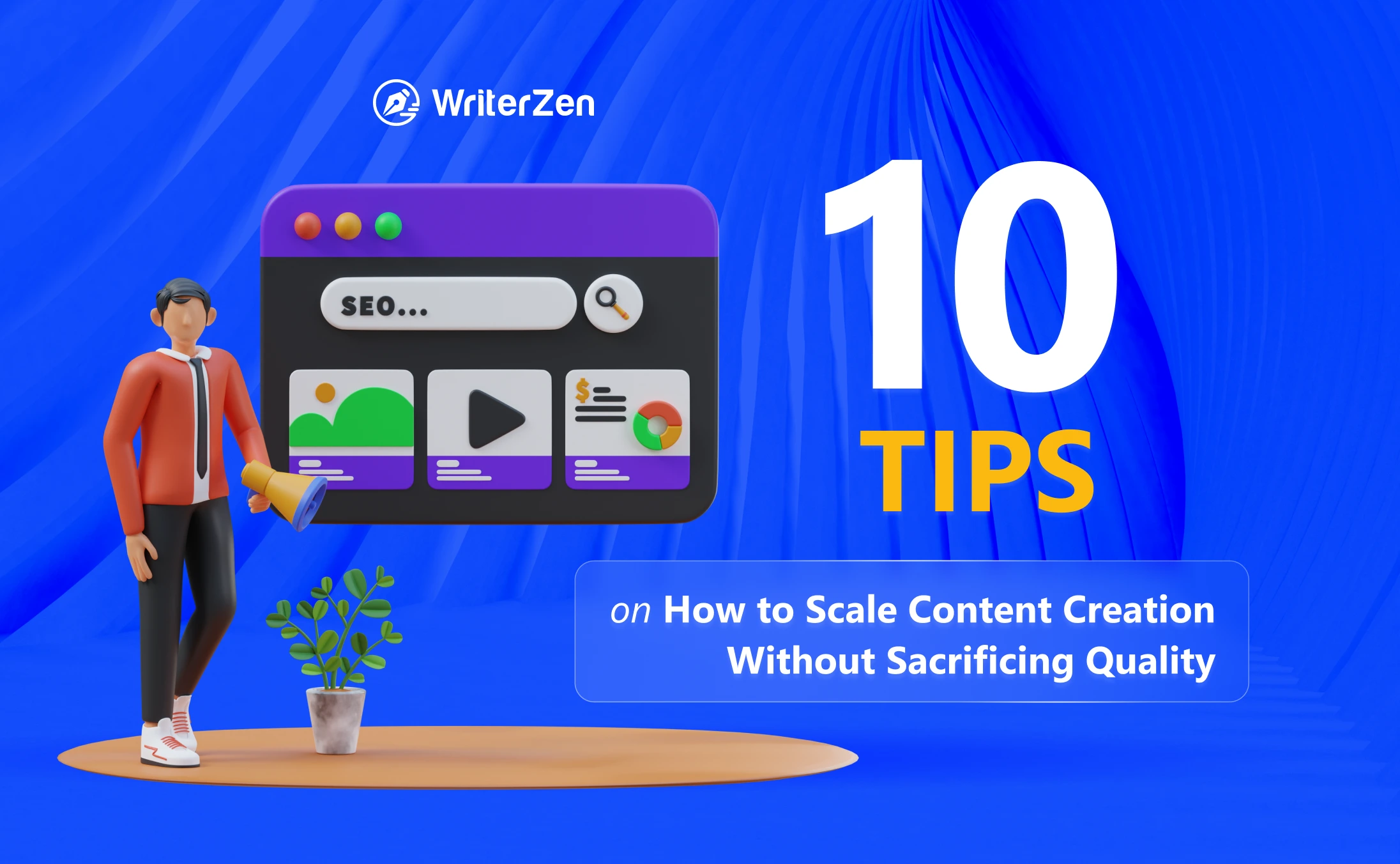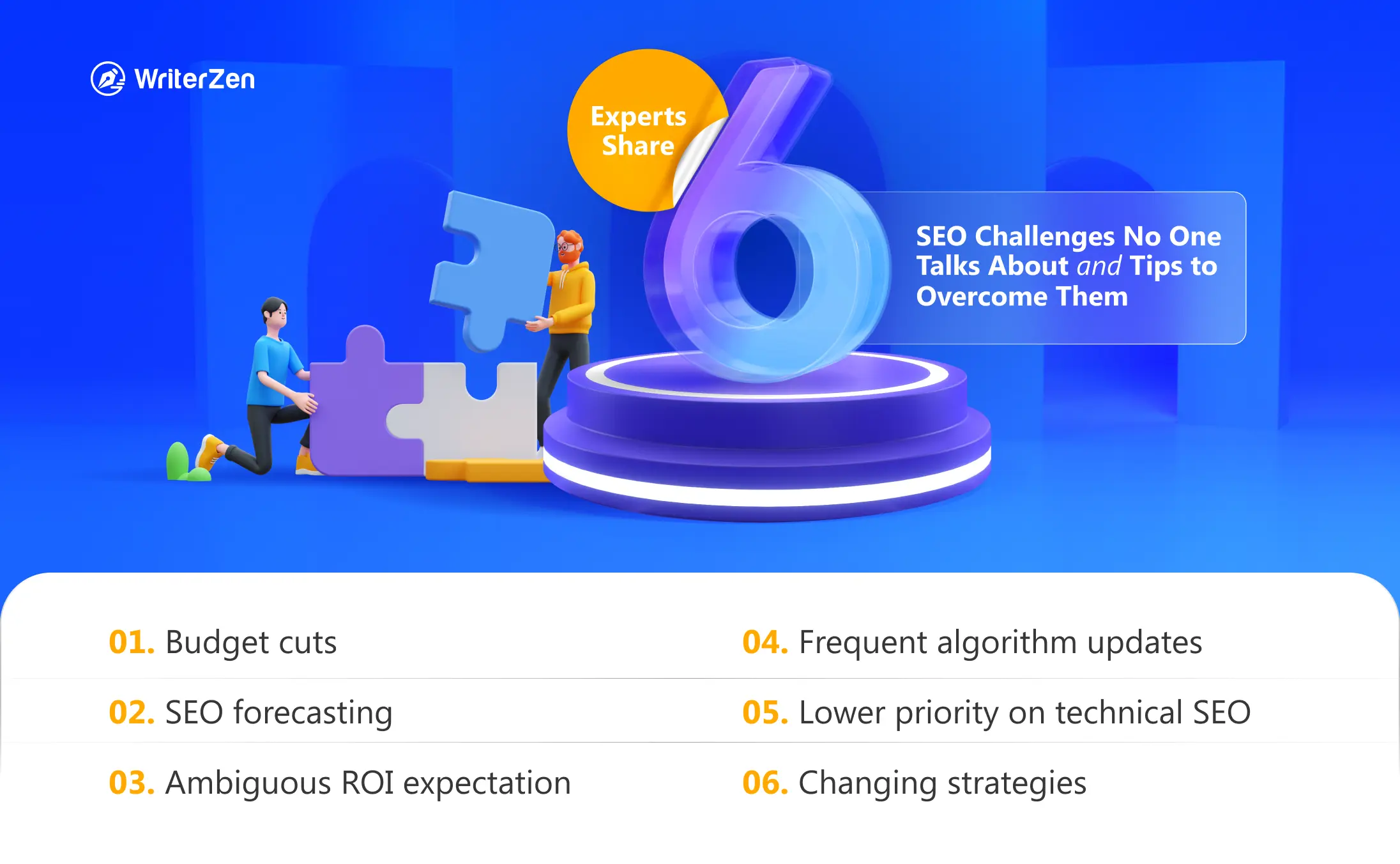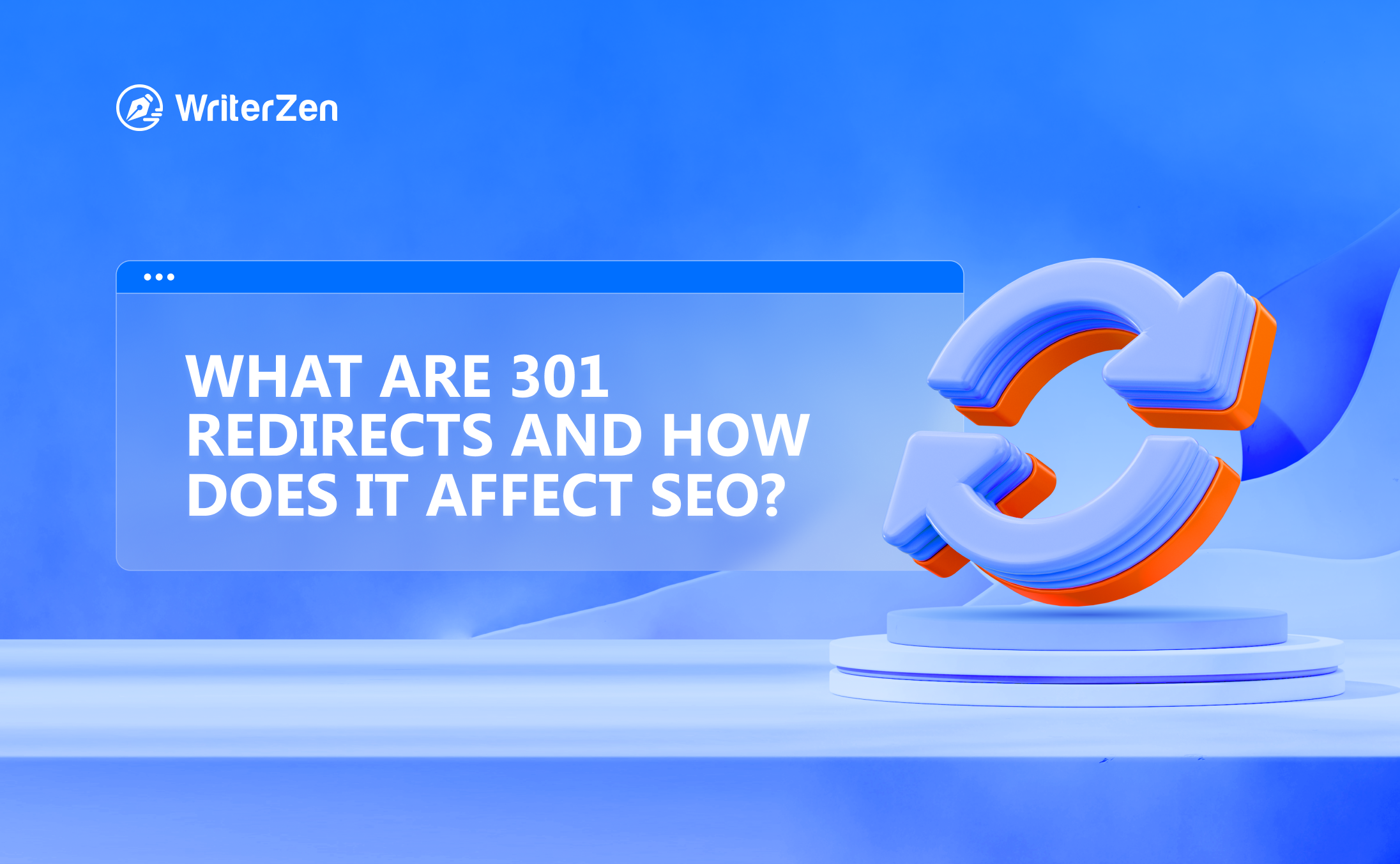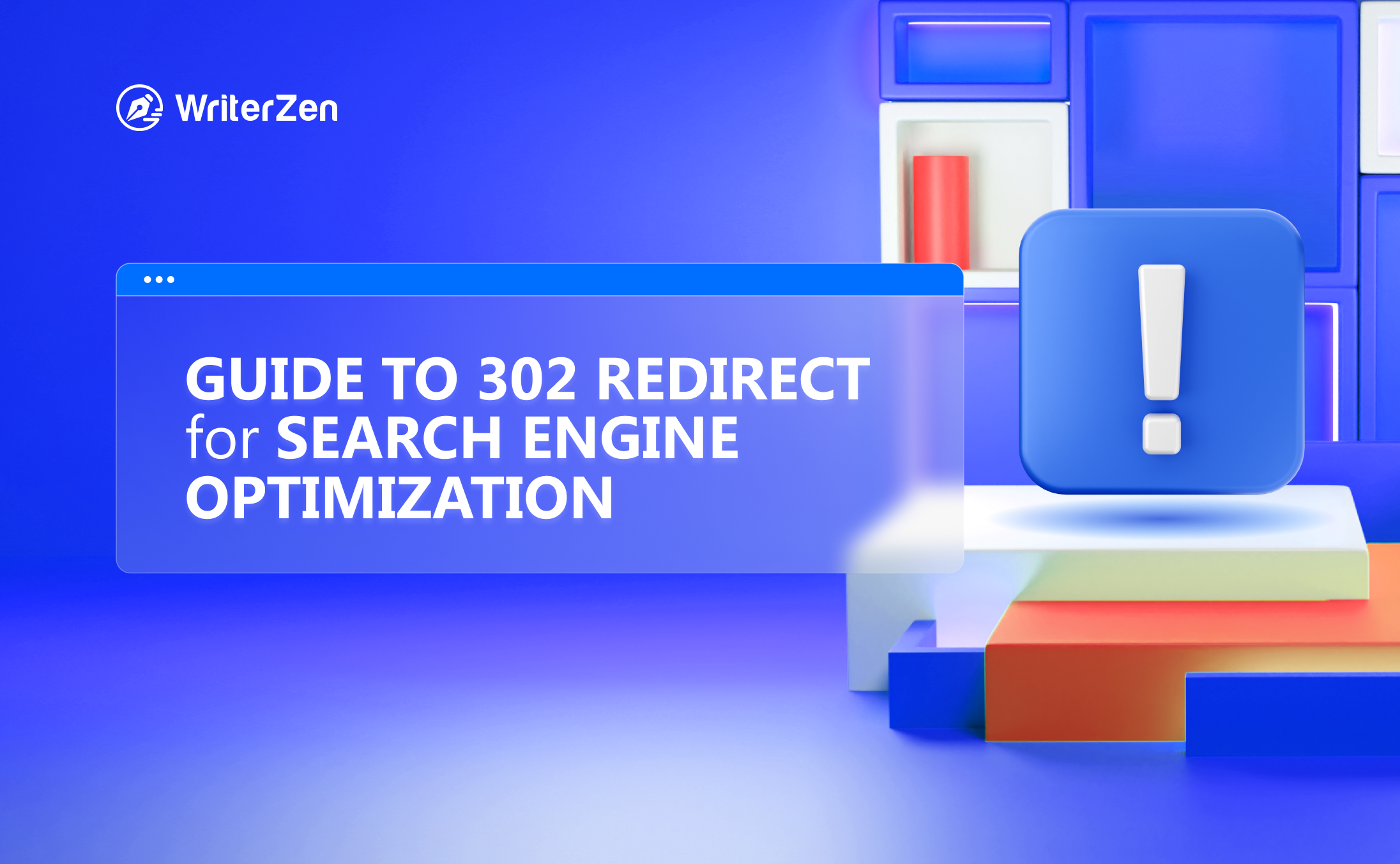Understanding the importance of bounce rate is crucial, as it's a metric with a direct impact on your website’s SEO performance. In this blog post, we will address what bounce rates are, how they affect SERP rankings, and how to minimize them for your website.
What Is Bounce Rate?
Bounce rate is the number of visitors who visit your website and then leave without interacting with the page in any other way. These users do not click on any buttons or navigate through the page, they simply exit the site.
Since the bounce rate is a depiction of users who did not interact with your website, you would want to keep it as low as possible. After all, the purpose of publishing content is to attract traffic to your website in the hopes of gaining new customers and spreading information.
And to do that, users have to explore your website.
Bounce Rate vs. Exit Rate
It is important to keep in mind that the bounce rate is not the same as the exit rate despite the concepts having a few similarities.
Exit rate takes into account the number of people who visit your website and then exit the website compared to the number of views the page receives.
The main difference between these two concepts is the fact that bounce rate focuses on single engagement sessions, whereas exit rate focuses on the percentage of exit the page has accumulated.
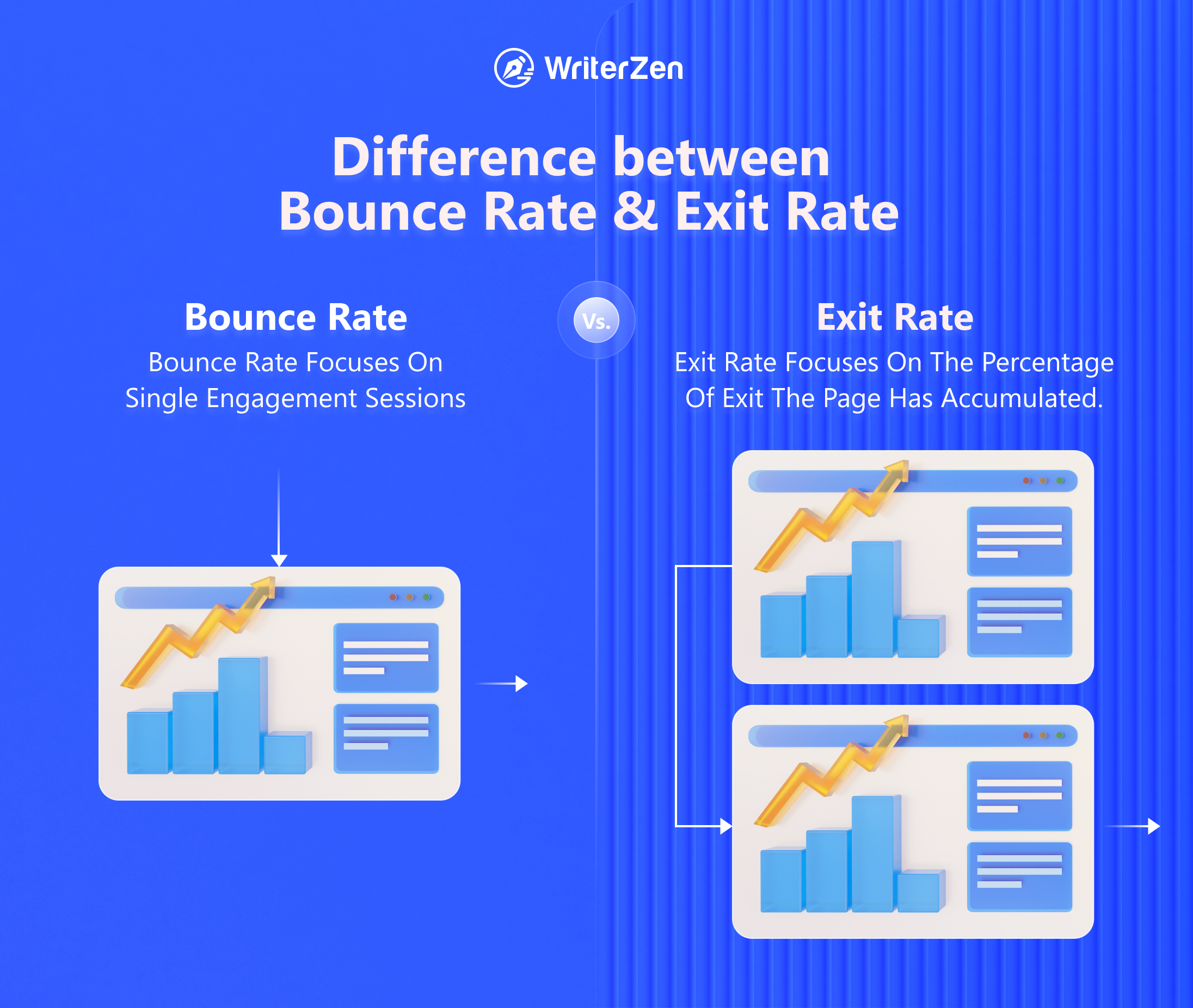
Why Is Bounce Rate Important?
There are a few reasons why bounce rate is an important factor to take note of as a website owner.
One of them is that bounce rates may be considered an unofficial ranking factor; in other words, Google takes this into account for rankings.
This means the lower your website's bounce rate is, the higher chance your website will rank higher on the search engine results page (SERP). And higher rankings are one of the main goals of any SEO strategy.
Another reason is bounce rates let you know if there is something wrong with your website.
Knowing that a lot of users leave without engaging with your content and website can help you identify issues relating to user experience, content quality, layout, etc., and make necessary modifications. We’ll talk more about this in the next section.
And not only can bounce rates alert you of the issues, but they can also evaluate your solutions. They can be used to determine whether the changes you make on your website are working or not.
For example, if you have changed your website’s page layout due to witnessing a high bounce rate and after a few weeks, you notice that the bounce rate has decreased. This information could inform you that the decision to change the page layout was the right call.
4 Factors that Cause a High Bounce Rate
Each of the factors below contributes to a poor user experience, which results in an increase in the website’s bounce rate.
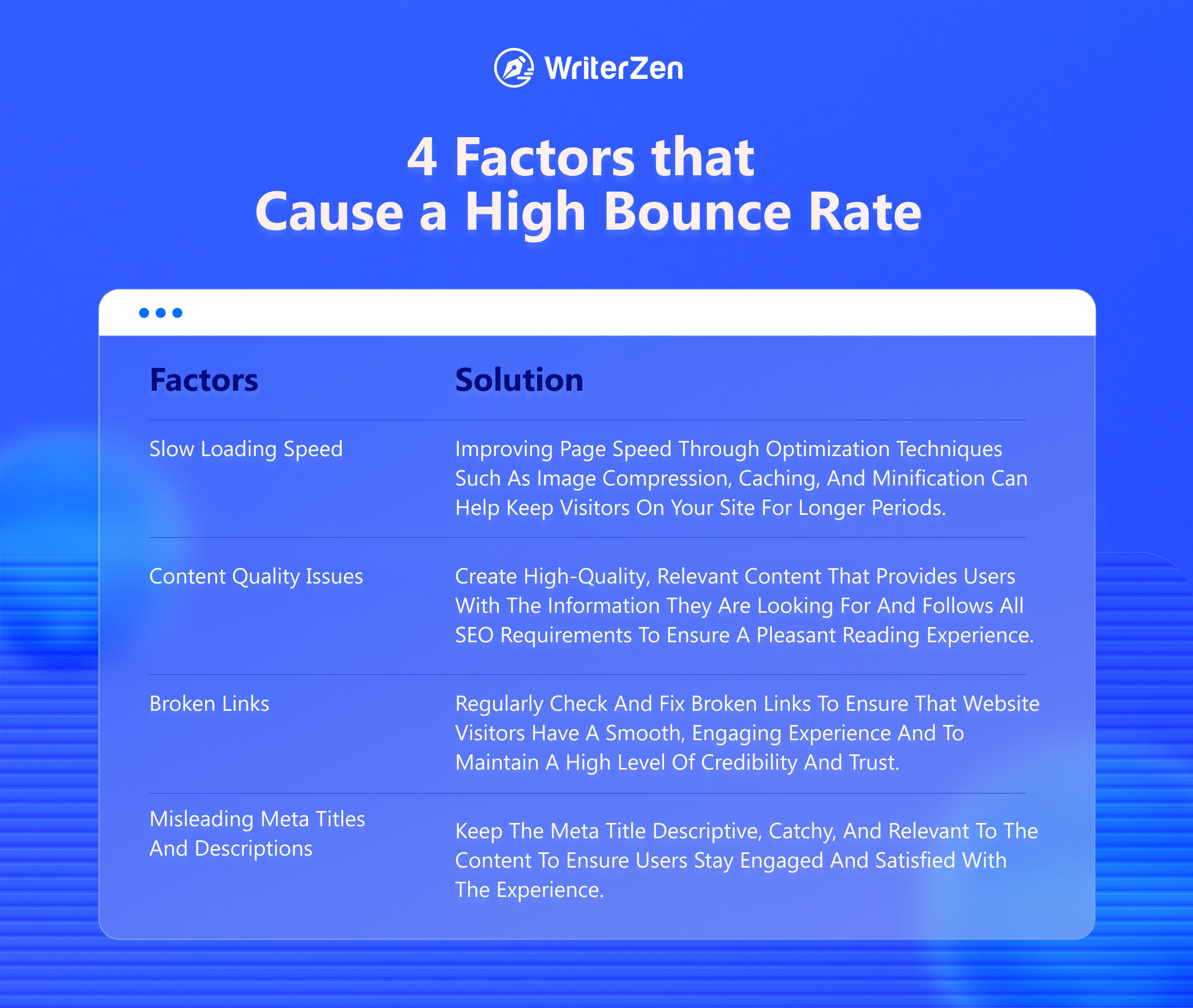
Slow Loading Speed
Users expect fast loading times and will often leave a site if it takes more than a few seconds to load. It is important to remember that users can be busy, and in this age of content boom, they have options. Lots of them.
So, if your page does not load fast enough, users can simply bounce and visit a competing website with a faster loading time.
Improving page speed through optimization techniques such as image compression, caching, and minification can help keep visitors on your site for longer periods.
Content Quality Issues
It’s becoming common knowledge now that high-quality, relevant content that provides users with the information they are looking for is essential to retain a user. That piece of content also has to follow all SEO requirements to ensure a pleasant reading experience.
The last thing a user wants to experience is clicking on an article and not finding the answer they’re looking for. Or worse, seeing an endless paragraph that does not have any headings or images that give them a general idea of what the content is about.
Broken Links
Broken links are, simply put, the links that don’t work anymore. Typically, when users click on a broken link, they will find that the page no longer exists or that the content has been moved. This situation may make them feel misled or frustrated.
This not only increases your site’s bounce rate but also harms a website's reputation and user trust. Would you think highly of a website with non-functional links? Probably not.
That’s why it’s essential to regularly check and fix broken links to ensure that website visitors have a smooth, engaging experience and to maintain a high level of credibility and trust.
Misleading Meta Titles and Descriptions
Clickbait meta titles and descriptions are not a tactic we recommend you do.
As far as we know, users don’t enjoy being deceived into thinking they will find the information they are searching for when it is not the case. They may leave the website immediately once they find out the content is irrelevant or unsatisfactory to their needs.
This will also harm the website's trust and credibility with the user.
Keep the meta title descriptive, catchy, and relevant to the content to ensure users stay engaged and satisfied with the experience. You’ll get better performance and customer loyalty.
How Is Bounce Rate Calculated?
What Is the Average Bounce Rate?
The average bounce rate ranges from 26% to 70%. If your website is anywhere between this, you’re considered to have an ideal bounce rate.
Website hosts should strive to meet the average bounce rate and never be higher than that. But, if possible, try to aim for under 20%. This bounce rate is difficult to achieve and rare, however, with some best practices in the next section, it can be plausible for your website.
What Is the Bounce Rate Formula?
The calculation for a website’s bounce rate is a simple formula. It is the number of users who exit a website homepage without iterating with the page divided by the total visitors of the website.
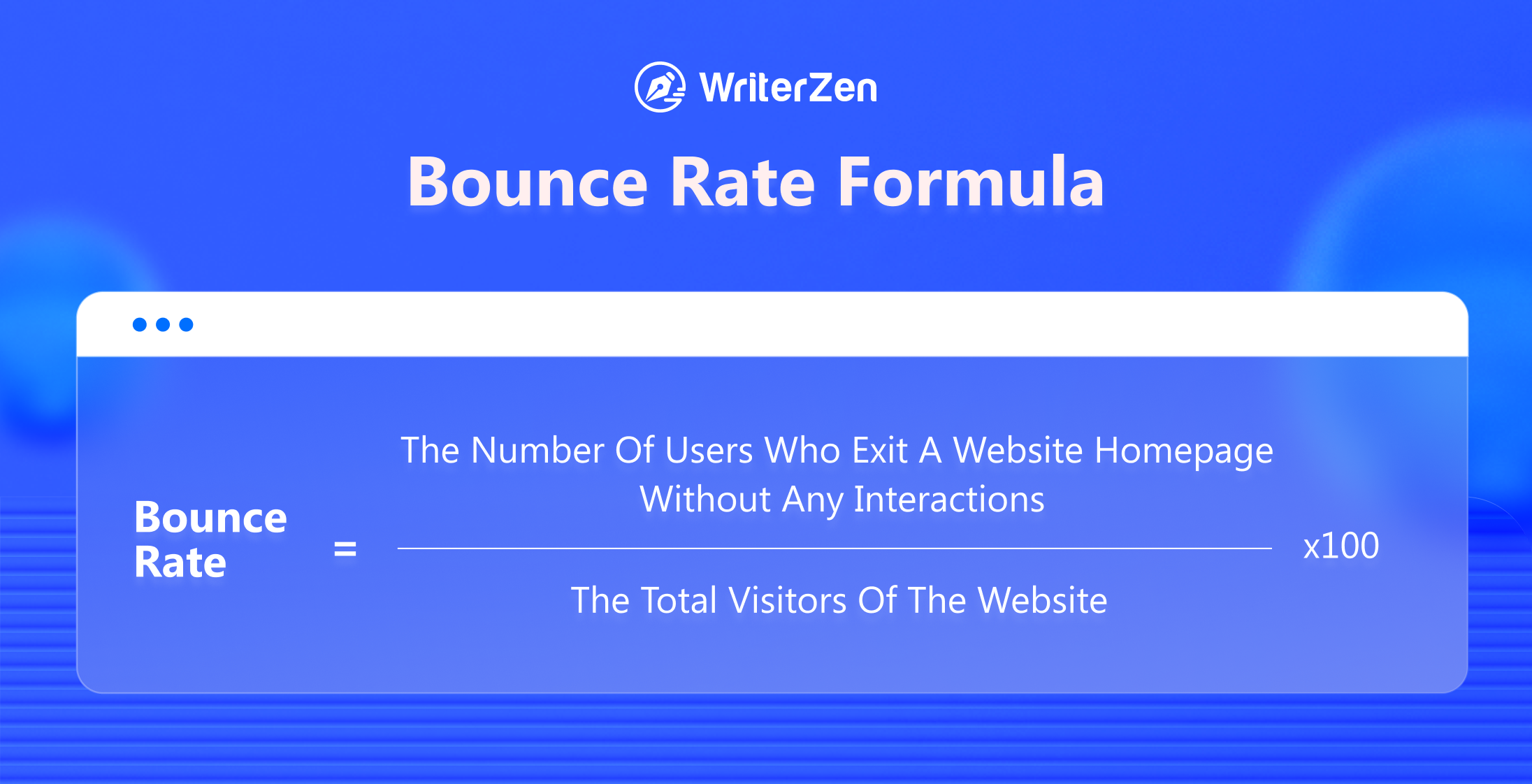
Several tools can be used to calculate your website’s bounce rate, with the most popular tool being Google Analytics. You can find information about your website’s bounce rate by viewing the reports and customizing the report to show the bounce rate.
This tool also allows website hosts to analyze the different demographics that visit the website, which can be extremely helpful in gaining a more in-depth understanding of your audience.
How to Decrease Bounce Rate
Whether your bounce rate percentage is considered high, average, or even low, it is always beneficial to implement actions to reduce the bounce rate. Here are a few ways you can do that:
-
Conduct a content audit: After conducting a content audit, you will have a better idea of what needs to be fixed so your content catches users’ attention and motivates them to explore other pages.
-
Redesign your product pages: Redesigning your product page in a way that will be more interactive and engaging for users could lead to users staying and exploring the product page.
-
Create a better user experience: Brainstorm a few ways to improve the experience of your website to create a more inviting space.
-
Continuously publish new content: Ensure to publish new content that’s relevant to your target audience to gauge their interest.
Final Thoughts
Bounce rate has a significant impact on your website's SEO performance, which is why it is crucial to implement actions to minimize and improve it. Now that you have all the information you need about bounce rate and how to lower it, you can start improving your websites as soon as possible.


